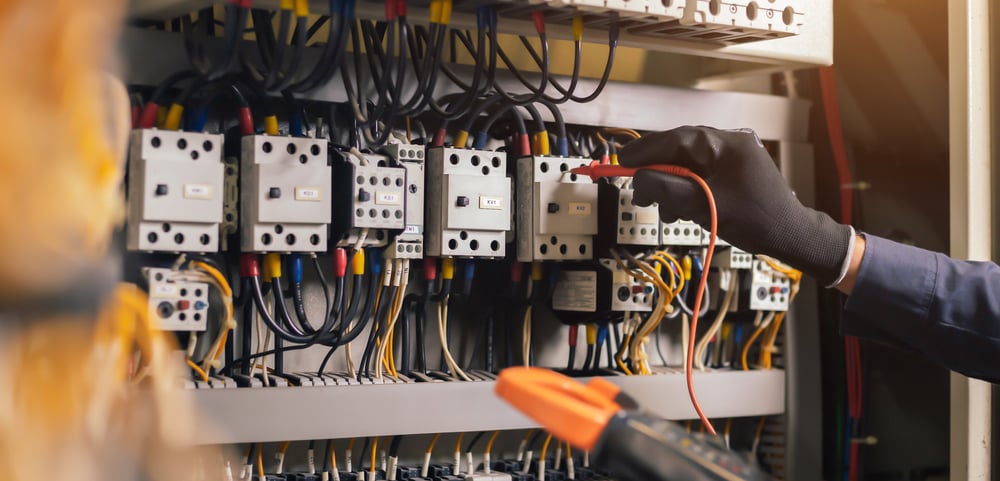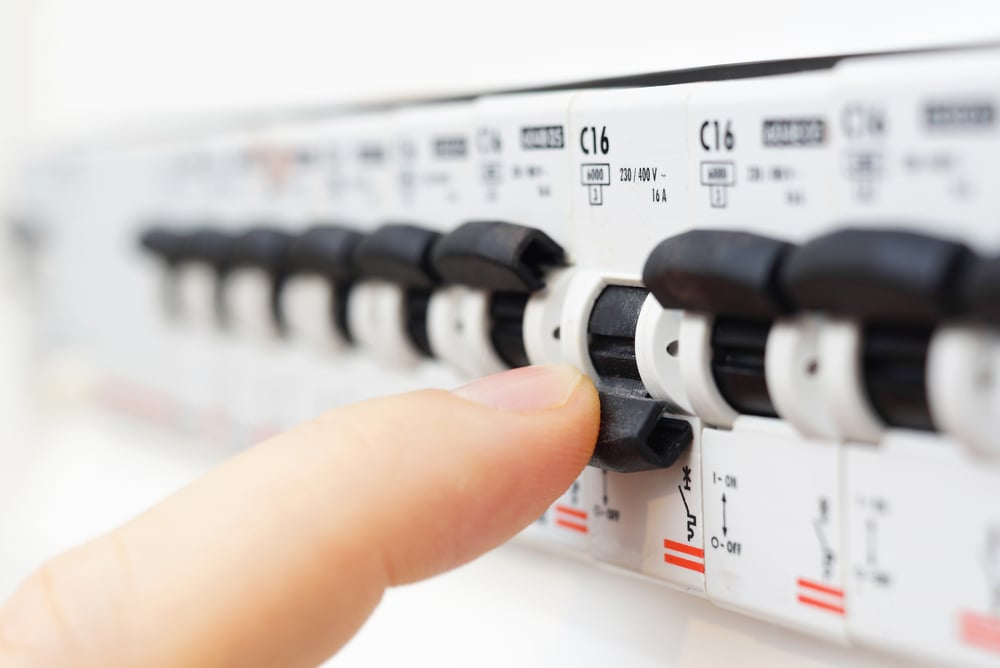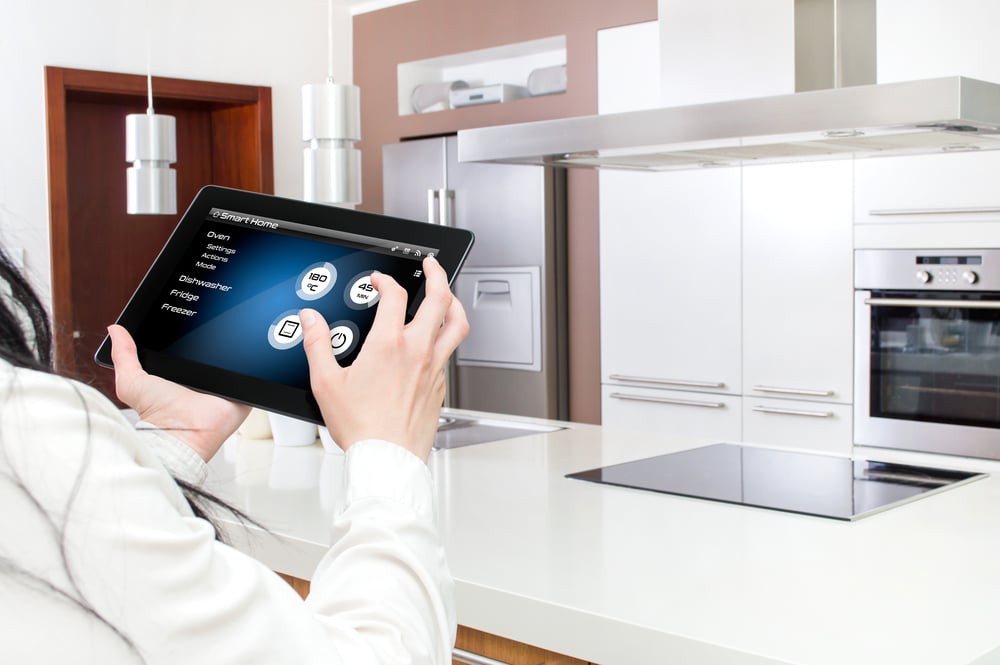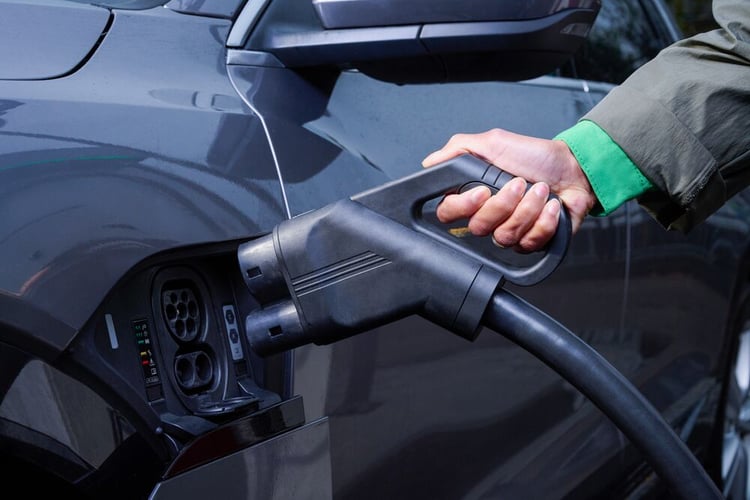
Smart EV home charging: Dynamic load balancing explained
As societies around the world shift to electric mobility, more and more people are discovering the benefits of driving electric and the comfort of charging a car whilst parked. According to our research, 65 percent of UK EV drivers currently charge their electric car at home, and why shouldn’t they? Charging a car whilst it’s on the driveway is cheaper, easier, and more convenient than searching for a public charger.
As societies around the world shift to electric mobility, more and more people are discovering the benefits of driving electric and the comfort of charging a car whilst parked. According to our research, 65 percent of UK EV drivers currently charge their electric car at home, and why shouldn’t they? Charging a car whilst it’s on the driveway is cheaper, easier, and more convenient than searching for a public charger.
However, regulating the power supply is a different story. EV charging is a high energy application that can quickly put an electrical circuit under strain if not managed properly. Luckily, there are a number of smart EV charging solutions available to help optimise energy demand (and your electricity bill). One such feature for the home is dynamic load balancing. This article will explain everything you need to know about dynamic load balancing at home.

Avoiding power overload
To understand what role dynamic load balancing plays in electric car charging, it’s helpful to first look at the problem it seeks to address. Whilst you might not think about it in everyday use, electric circuits have a limited capacity and can get overloaded if too much power is drawn.
To protect circuits from overloading, a household electricity supply is fitted with circuit breakers which, if energy use exceeds safe levels, will cut power. You might have experienced a circuit breaker tripping if you have had multiple high-energy appliances working at the same time, such as an oven, dishwasher, and washing machine. Of course, power can be restored by reducing the load on the grid, for example, by turning off some appliances, but having to do so can be inconvenient and disruptive.
This is where dynamic load balancing comes in. By monitoring power loads on your circuit, dynamic load balancing intelligently allocates the available capacity to appliances that need it the most, allowing them to run simultaneously without overloading the circuit.

How much power do you need to charge an electric car?
So, what role does dynamic load balancing play in charging an electric car? Well, electric vehicles are highly energy-intensive. A dedicated home charging station can deliver between 7.4 and 22 kilowatts (kW) of power. In comparison, a dishwasher uses between 1.05 and 1.5 kW of power.
On average, the energy consumption of an electric car is 0.316 kWh per mile. Taking the average 19 miles driven a day in the UK, an electric car consumes 6 kWh of electricity a day. In an average month, this means that charging your EV will add an extra 180 kWh to your household electricity consumption.
Disclaimer: These numbers differ based on individual situations and driving behaviour and are meant to give a ballpark estimate of energy usage and costs and are not meant to reflect a real-life situation.
Do you need to upgrade your power supply when installing a home charging station?
Clearly, installing an electric car charger adds a considerable load to your household electrical circuit. Simply connecting a charger to your existing power connection may not be enough if it’s not equipped to handle the additional power load. In those cases, you might need to upgrade to a higher-capacity power connection.
Upgrading your power connection allows it to handle heavier loads, enabling you to use multiple high-power appliances at the same time without tripping your breakers. However, it may be expensive as it requires installation by an electrician and, in some cases, permits by local authorities.
Dynamic load balancing can prevent the need to upgrade your power supply by monitoring the loads on your circuit and adjusting the power drawn by your electric car to ensure it never uses more than a safe maximum.

How does dynamic load balancing work?
Dynamic load balancing is a feature that constantly monitors changes in energy use on your circuit and automatically allocates the available capacity to different appliances. It balances energy use and adjusts the charging output to your electric car in response to changes in electricity load.
For example, if the washing machine, the tumble dryer, and the electric car are connected at the same time, dynamic load balancing may decide to stop or slow the charging process of the electric car to free up capacity for the other appliances. Once they are switched off, the charger resumes or increases the charging speed.
This also applies if you own multiple electric cars and charge them on the same electric circuit. In that case, dynamic load balancing automatically distributes the available energy between the two vehicles or prioritises one of the electric cars based on your preferences. In the second scenario, dynamic load balancing will direct more power to one of the electric cars, whilst slowing or stopping charging for the other one until more energy becomes available.
Not all smart charging stations are equipped with dynamic load balancing, but thanks to their ability to connect to the internet, many can be upgraded at a later stage. Still, considering the benefits of dynamic load balancing for maximising your home’s electricity use, it is a feature worth thinking about when looking for a charging station.

Benefits of Dynamic Load Balancing
No overloading
Dynamic load balancing automatically adapts energy use from your charger to ensure it never exceeds a safe maximum and doesn’t overload your home’s electrical circuit.
No meter box adjustments
You can keep using your existing power connection, as dynamic load balancing will intelligently allocate your existing capacity between users and loads. This avoids having to install a new meter and more powerful circuit, saving considerably on the cost of a new charging station.
Responsive charging speed
The speed and power at which your electric car charges is automatically adjusted by dynamic load balancing depending on energy use at your location.
Charging flexibility
With dynamic load balancing, you can decide when to charge your electric car without worrying about overloading your home, even during peak hours. If you have two or more electric cars, you can decide which one to prioritise.
Electricity management
An electric car charger equipped with load balancing can help monitor the power use of your home, allowing you to track electricity consumption and adapt the charging current based on your preferences.

Dynamic load balancing is a power tool
Amongst the different smart charging features, dynamic load balancing is a powerful tool that guarantees efficient and safe electricity use, and can prevent the installation costs of a new meter. If you would like to find out more about electric car charging, or are thinking of buying an electric car, check out our complete guide to electric car charging to learn more about the topic.
Related articles

Is DC fast charging bad for your EV battery?
While there is research that shows that frequent rapid (DC) charging can somewhat degrade the battery quicker than AC...

5 things you didn't know about EV batteries
There’s little doubt that electric mobility is the future. Electric vehicle (EV) sales have skyrocketed in the past few...

Electric car battery weight explained
How much an electric vehicle (EV) battery weighs depends greatly on the vehicle and model. On average, however, EV...